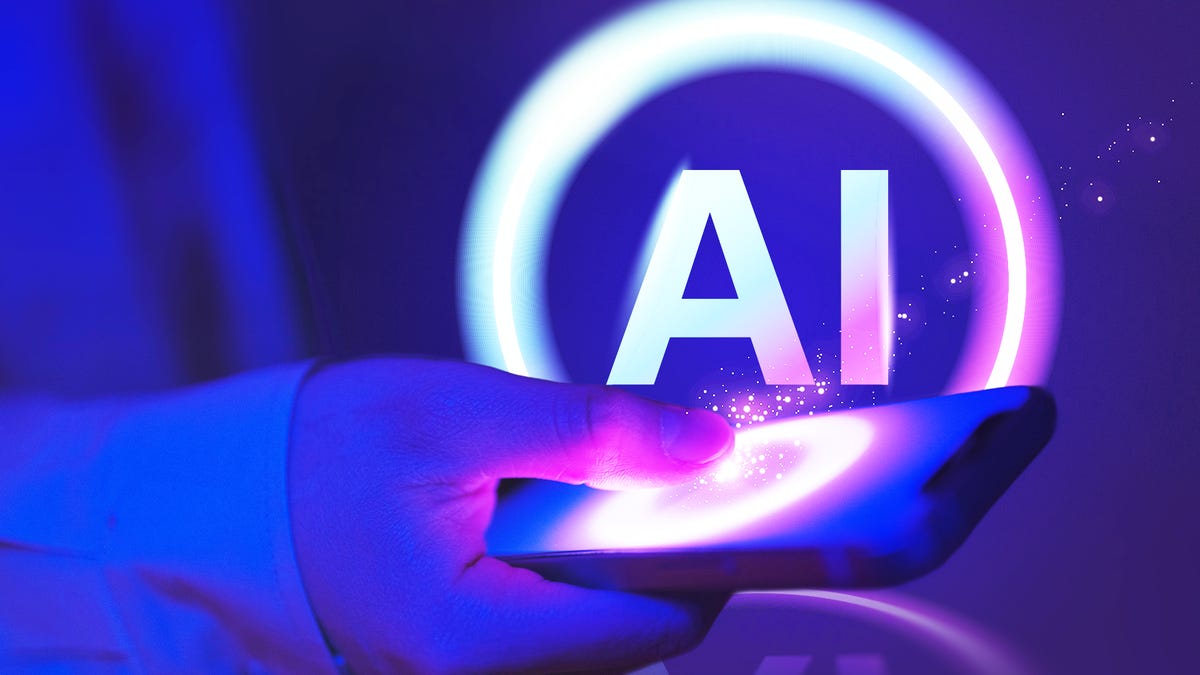SHRM Survey Finds Limited Job Threat from AI Automation

Key Points
- SHRM surveyed over 20,000 U.S. workers across many occupations.
- About 15% of jobs have at least half of their tasks automated; 8% involve generative AI.
- Only roughly 6% of jobs are truly at risk of displacement after accounting for barriers.
- Non‑technical barriers include client preferences, legal constraints, and cost‑effectiveness.
- Healthcare and personal‑care roles remain the least vulnerable to automation.
- Computer‑intensive jobs show the highest automation potential.
- The study suggests a gradual reshaping of work rather than massive job loss.
A new survey by the Society for Human Resource Management (SHRM) of more than 20,000 U.S. workers shows that while many tasks can be automated, only a small fraction of jobs are truly at risk of displacement by generative AI. The study highlights that non‑technical barriers such as client preferences, legal constraints, and cost considerations limit automation, especially in roles that require human interaction. Industries like health care and personal care remain largely insulated, whereas computer‑based occupations show higher automation potential. The findings suggest a gradual reshaping of work rather than a sweeping job loss.
Survey Overview
The Society for Human Resource Management (SHRM) conducted a large‑scale survey of U.S. workers, gathering responses from more than 20,000 individuals across a wide range of occupations. The purpose was to assess how many tasks within each job could already be performed by machines and to identify barriers that might prevent full automation. SHRM’s methodology emphasized direct input from employees who perform the work daily, aiming to capture realistic perspectives on automation potential.
Automation Findings
The results indicate that roughly 15 % of U.S. jobs have at least half of their tasks automated, while about 8 % have at least half of their tasks performed by generative AI. However, only about 6 % of jobs are considered truly vulnerable to displacement because they meet both criteria without significant barriers. Computer‑focused and mathematically intensive roles show the highest exposure, with around 13 % of such jobs meeting the 50 % automation threshold and lacking clear non‑technical obstacles.
Non‑Technical Barriers
SHRM defines non‑technical barriers as factors that impede AI adoption despite the technology’s capability. The survey identified three primary categories:
- Client Preference: Customers often desire human interaction, exemplified by passengers preferring pilots in the cockpit.
- Legal and Regulatory Constraints: Union contracts, industry regulations, and potential future policy changes can limit AI deployment.
- Cost‑Effectiveness: Automation may make financial sense for large retailers but not for smaller independent stores that rely on human cashiers.
These barriers help explain why many AI pilot projects fail to deliver measurable savings or productivity gains, as noted in an MIT study where 95 % of such projects fell short of expectations.
Industry Implications
Healthcare, personal care, and social services emerge as the least susceptible to automation, with only about 3 % of jobs in these fields meeting the high‑automation threshold without barriers. The sector continues to experience steady job growth, driven by demographic trends and the inherently human nature of care delivery. Conversely, fields like architecture, engineering, and management face moderate risk, while production roles are already heavily automated but largely independent of generative AI.
The SHRM findings temper more alarmist predictions from AI industry leaders who have warned of massive white‑collar job losses. Instead, the data suggest a more measured transition, where the demand for people‑skills—such as general problem‑solving, empathy, and client interaction—will rise even as routine tasks become increasingly automated.